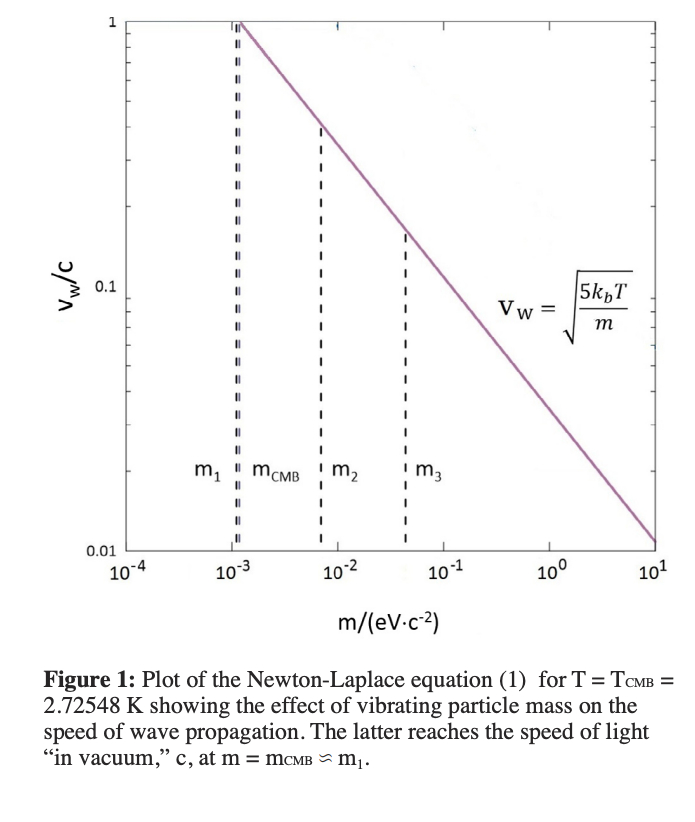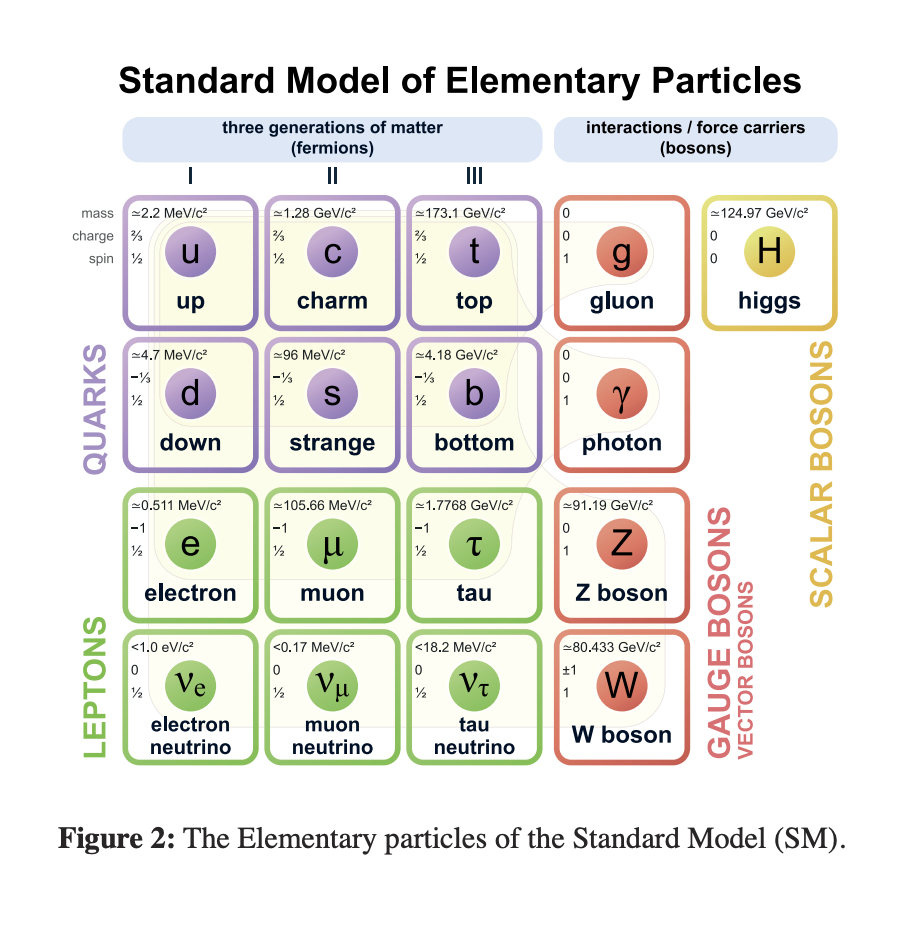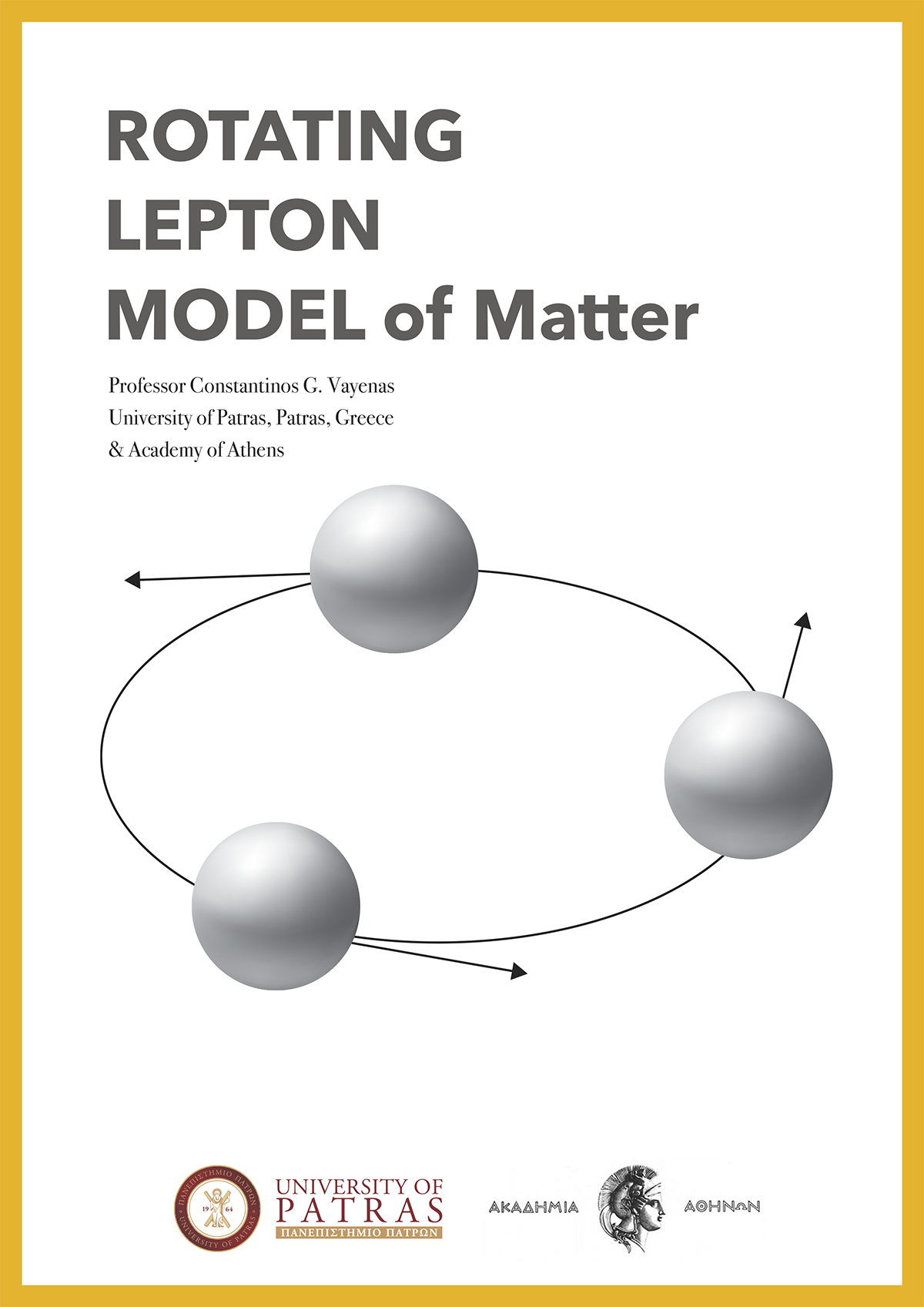The few decades have seen a dramatic increase both in the quantity and in the quality of information that has been accumulated about neutrinos, which are by far the lightest and most numerous particles in our Universe
For the last fifty years the Standard Model (SM) of particle physics has provided the basis for describing the structure and composition of matter. Despite its numerous successes it has become clear in recent years that the SM is in several aspects incomplete. Aside from its large number, twenty five, of adjustable parameters, it neglects neutrinos, which due to their miniscule rest masses can easily reach relativistic speeds, and does not utilize special relativity.

During the last few years, following the pioneering measurements of the neutrino masses at Superkamiokande, there has been strong direct evidence that neutrinos play a very important role both in light transmission as well as in the formation of hadrons. In the former case the neutrino rest mass measurements allow surprisingly for the direct computation of the speed of light in vacuum via the Newton-Laplace equation. In the latter case the measured neutrino rest masses lead , in conjunction with the Rotating Lepton Model (RLM), to the accurate computation, within 2%, of the masses of composite particles such as hadrons and bosons without any adjustable parameters. The key findings are summarized in the attached brief review entitled “In the era of neutrinos”.
A central conclusion is that neutrinos play a dominant role both in light propagation and, coupled with special relativity and with quantum mechanics, in the formation of hadrons.
In the era of neutrinos
The neutrino rest masses have been measured by Kajita (1) and McDonald (2) leading to a Nobel Prize. Three eigenmasses have been measured at Superkamiokande, at a depth of 1 km below the surface of the earth. They are labelled m1, m2 and m3, and lie in the range of 1 to 45 meV/c2 vs 0.93 GeV/c2 for the masses of protons and neutrons, i.e. neutrinos are 10 to 12 orders of magnitude lighter than protons and neutrons, which constitute the large majority of hadronic matter. Yet Special Relativity (SR) (6,7) coupled with Quantum Mechanics dictates that when three neutrinos of the heaviest eigenmass are caught by gravity in a circular orbit due to their relativistic gravitational attraction, then their speed approaches the speed of light c, the Lorentz factor γ approaches 1010, their relativistic mass, γmo, reaches the mass of quarks (~0.3 GeV/c2), (8) their distance, d, is near 0.6 fm and their centripetal force reaches the value of the Strong Force, i.e. hc/d2. (9-16) This is the magic, yet simple, the world of neutrinos, firmly based on the very simple principles of Einstein’s Special Relativity (SR). (6,7) It is also the simple secret of the spectacular success of the Rotating Lepton Model (RLM) which combines for the first time Special Relativity with Quantum Mechanics and which allows for the simple and accurate computation of the masses (~1 GeV/c2) of composite particles, such as protons and neutrons, with an astonishing accuracy of typically 2% as presented in a Springer book (9) and several publications (10-18) and as shown in the last section here.
Thus the neglected neutrinos, which were frequently ignored and assumed massless by the Standard Model (SM) of Elementary particles,(8) have been surprisingly shown during the last twelve years to play a central, dominant and crucial role in the formation of protons, neutrons and other hadrons, but also mesons, and in conjunction with electrons and positrons, vital in the creation of bosons, thus covering all types of composite particles and thus all types of matter. (10-16, 18, 19) They are the key elements of the Rotating Lepton Model (RLM) (9-19) which allows for the computation of the composite particle masses with an accuracy of typically 2%.
Conversely, the RLM allows for the exact computation of the three neutrino eigenmasses(16) by using the well-known and accurately measured masses of common hadrons and/or bosons.(8) In the following two sections we summarize some very recent findings which emphasize the central role of neutrinos in our Universe.
Neutrinos and light
In June 2022 a surprising discovery regarding the paramount role of neutrinos in our Universe was published in the Journal of Physical Chemistry.(20) It was found that the speed of light in vacuum, c, can be computed via the classical Newton-Laplace equation of particle-wave propagation, where kb is the Boltzmann constant, T is the absolute temperature (in K) and mℰ is the vibrating particle mass, i.e. via the expression

By setting the mass, equal to m1, which is the mass of the lightest neutrino eigenstate (m1=1.174 meV/c2) and by setting TCM equal to the cosmic background radiation temperature (TCMB=2.72548 K) one finds from equation (1) the speed of light c=2.9979×108 m/s. This implies that electromagnetic waves are neutrino waves and that photons are concerted moves of neutrinos. Light and all the spectacular views of our world
perceived by our eyes and telescopes are apparently colourful neutrino waves. Molecular waves such as sound waves have lower frequencies and are perceived acoustically by our ears.
Visual perception of the neutrino waves is due to the same well-established dynamo-type mechanism involving opsin in our retina which transforms the kinetic energy of the neutrino waves (or photons) into an electric signal transmitted to our nervous system and provides us with vision. (20-24)

Consequently, the implications of equation (1), which with T=TCMB=2.72548 K and m1=1.147 meV/c2, gives

are quite significant. First, it shows that what we call today “electromagnetic waves” (due to Maxwell) or “photons” (due to Einstein) may very well eventually be called “neutrino waves”. Second, it shows that c is not a property of the vacuum, as commonly thought, but a property of an ideal gas in our Universe comprising the lightest neutrinos (of mass m1).



